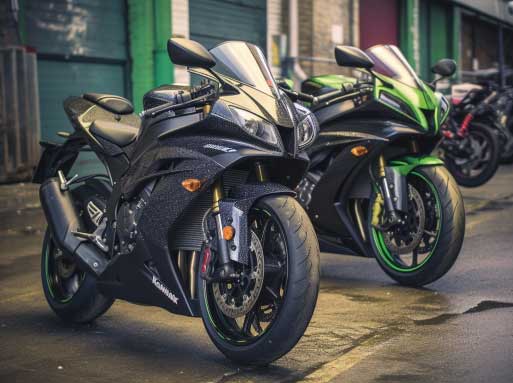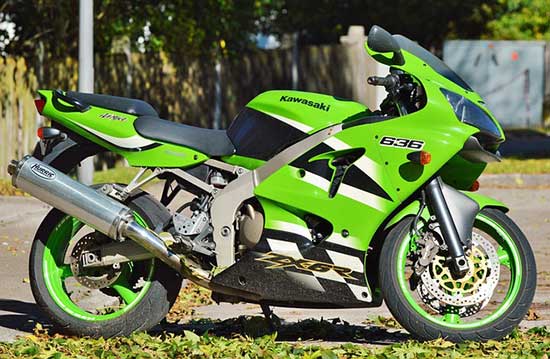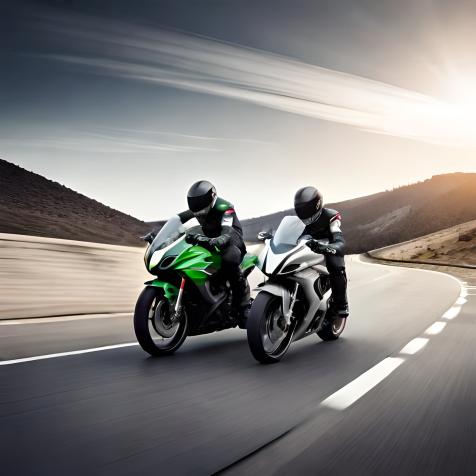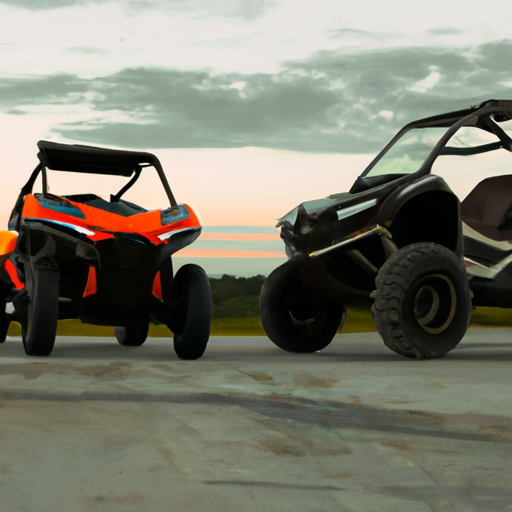Have you ever found yourself stuck between choosing a Honda, Kawasaki, or Yamaha motorcycle?
These three brands are household names in the motorcycle industry, but it’s essential to know what sets them apart.
Contents
Company Background
Honda
Founded in 1948, Honda is a Japanese multinational conglomerate known for its motorcycles, automobiles, and power equipment.
Their motorcycles have won numerous championships in various racing categories, reflecting the brand’s commitment to excellence.
Kawasaki
Kawasaki Heavy Industries is another Japanese company that has been producing motorcycles since 1954.
Besides motorcycles, Kawasaki also manufactures ships, aircraft, and other heavy equipment. Known for their Ninja series, Kawasaki has a strong presence in racing and sportbike segments.
Yamaha
Yamaha Motor Company was established in 1955 as a division of Yamaha Corporation, a leader in musical instruments.
Yamaha motorcycles are known for their innovation, reliability, and performance. With a wide range of motorcycles from scooters to supersport bikes, Yamaha caters to various needs and preferences.
Engine Performance
Honda
Honda motorcycles are known for their smooth, reliable engines that deliver consistent power. They are often praised for their fuel efficiency and low-maintenance design.
Honda’s engines may not be the most powerful, but they provide a good balance between performance and dependability, making them suitable for both daily commuting and long-distance touring.
Kawasaki
Kawasaki is well-known for its high-performance engines, particularly in their sportbike segment. Their engines are designed for aggressive acceleration and top speed, making them popular among racing enthusiasts.
While Kawasaki engines may require more frequent maintenance compared to Honda’s, they deliver exhilarating performance for those seeking thrill and excitement.
Yamaha
Yamaha engines are recognized for their versatility and smooth power delivery. They offer a blend of performance and reliability that appeals to a wide range of riders. Yamaha’s engines are known for their strong mid-range torque, making them suitable for both city commuting and highway riding.
Handling
Honda
Honda motorcycles generally have a reputation for excellent handling and stability. They are designed with rider comfort and confidence in mind, offering a well-balanced ride that is forgiving for new riders and engaging for experienced ones.
Honda bikes are often praised for their predictable and intuitive handling characteristics.
Kawasaki
Kawasaki motorcycles are built with performance and handling in mind. Their chassis and suspension systems are designed to provide sharp, responsive handling and quick steering.
Kawasaki bikes can be more demanding to ride than their Honda counterparts, but they reward skilled riders with a thrilling and engaging experience.
Yamaha
Yamaha’s handling characteristics are a blend of Honda’s stability and Kawasaki’s agility. Yamaha bikes are known for their nimble handling and responsive feedback, making them enjoyable to ride in various conditions.
They strike a balance between user-friendliness and performance-oriented handling.
Design and Aesthetics
Honda
Honda’s design philosophy focuses on functionality and practicality. Their motorcycles typically feature clean lines and a classic look that appeals to a broad audience.
While Honda bikes may not be the most eye-catching, their designs prioritize rider comfort and usability.
Kawasaki
Kawasaki is known for its aggressive and sporty designs, especially in their Ninja series. Their motorcycles often feature bold colors and sharp lines, giving them a distinctive appearance.
Kawasaki’s design language is geared towards performance and aerodynamics, making their bikes look fast even when standing still.
Yamaha
Yamaha’s design approach combines elements of both Honda and Kawasaki, offering a balance between form and function.
Their motorcycles are stylish without sacrificing practicality, making them suitable for various types of riders. Yamaha bikes often feature innovative design elements that set them apart from the competition.
Pricing
Honda
Honda’s pricing strategy focuses on offering value for money. Their motorcycles are usually competitively priced and come with low maintenance costs. Honda bikes are known for their longevity and resale value, making them a sensible choice for budget-conscious riders.
Kawasaki
Kawasaki motorcycles tend to be priced higher than Honda’s, reflecting their performance-oriented nature. While their bikes may require more frequent maintenance, Kawasaki owners often feel the exhilarating performance justifies the added expense.
Yamaha
Yamaha’s pricing is generally in line with Honda’s, offering competitive value for the quality and performance they provide. Yamaha motorcycles are known for their reliability and strong resale value, making them an attractive option for riders seeking a good balance between cost and performance.
Conclusion
In the Honda vs. Kawasaki vs. Yamaha debate, the right choice ultimately depends on your personal preferences and priorities.
Honda offers practicality, reliability, and value for money, while Kawasaki delivers thrilling performance and sporty aesthetics.
Yamaha strikes a balance between the two, providing versatility and a broad appeal. Consider your riding needs and budget to find the perfect motorcycle for you.






